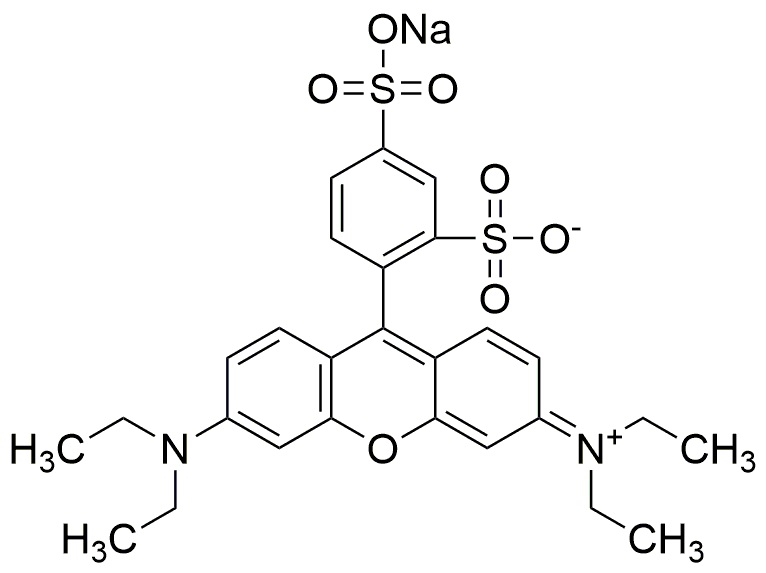Acid red 52 is widely utilized in research focused on:
- Dyeing Textiles: This chemical is commonly used in the textile industry for dyeing fabrics, providing vibrant colors that are resistant to fading, making it ideal for apparel and home textiles.
- Biological Staining: In laboratory settings, Acid red 52 serves as a biological stain, helping researchers visualize cellular structures under a microscope, which is crucial for studies in histology and pathology.
- Food Coloring: It is permitted as a food colorant in various regions, enhancing the visual appeal of food products while adhering to safety regulations, making it popular in the food industry.
- Cosmetics: The compound is also used in cosmetic formulations, providing color to products like lipsticks and blushes, allowing for a wide range of shades that cater to consumer preferences.
- Research and Development: Acid red 52 is utilized in chemical research for developing new dyes and pigments, offering a platform for innovation in materials science and color chemistry.
General Information
Properties
Safety and Regulations
Applications
Acid red 52 is widely utilized in research focused on:
- Dyeing Textiles: This chemical is commonly used in the textile industry for dyeing fabrics, providing vibrant colors that are resistant to fading, making it ideal for apparel and home textiles.
- Biological Staining: In laboratory settings, Acid red 52 serves as a biological stain, helping researchers visualize cellular structures under a microscope, which is crucial for studies in histology and pathology.
- Food Coloring: It is permitted as a food colorant in various regions, enhancing the visual appeal of food products while adhering to safety regulations, making it popular in the food industry.
- Cosmetics: The compound is also used in cosmetic formulations, providing color to products like lipsticks and blushes, allowing for a wide range of shades that cater to consumer preferences.
- Research and Development: Acid red 52 is utilized in chemical research for developing new dyes and pigments, offering a platform for innovation in materials science and color chemistry.
Documents
Safety Data Sheets (SDS)
The SDS provides comprehensive safety information on handling, storage, and disposal of the product.
Product Specification (PS)
The PS provides a comprehensive breakdown of the product’s properties, including chemical composition, physical state, purity, and storage requirements. It also details acceptable quality ranges and the product's intended applications.
Certificates of Analysis (COA)
Search for Certificates of Analysis (COA) by entering the products Lot Number. Lot and Batch Numbers can be found on a product’s label following the words ‘Lot’ or ‘Batch’.
*Catalog Number
*Lot Number
Certificates Of Origin (COO)
This COO confirms the country where the product was manufactured, and also details the materials and components used in it and whether it is derived from natural, synthetic, or other specific sources. This certificate may be required for customs, trade, and regulatory compliance.
*Catalog Number
*Lot Number
Safety Data Sheets (SDS)
The SDS provides comprehensive safety information on handling, storage, and disposal of the product.
DownloadProduct Specification (PS)
The PS provides a comprehensive breakdown of the product’s properties, including chemical composition, physical state, purity, and storage requirements. It also details acceptable quality ranges and the product's intended applications.
DownloadCertificates of Analysis (COA)
Search for Certificates of Analysis (COA) by entering the products Lot Number. Lot and Batch Numbers can be found on a product’s label following the words ‘Lot’ or ‘Batch’.
*Catalog Number
*Lot Number
Certificates Of Origin (COO)
This COO confirms the country where the product was manufactured, and also details the materials and components used in it and whether it is derived from natural, synthetic, or other specific sources. This certificate may be required for customs, trade, and regulatory compliance.


